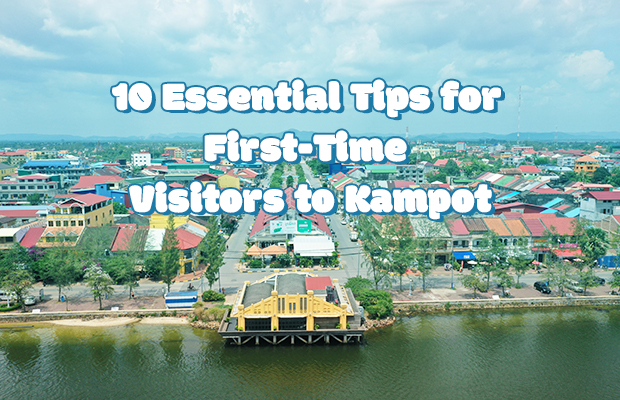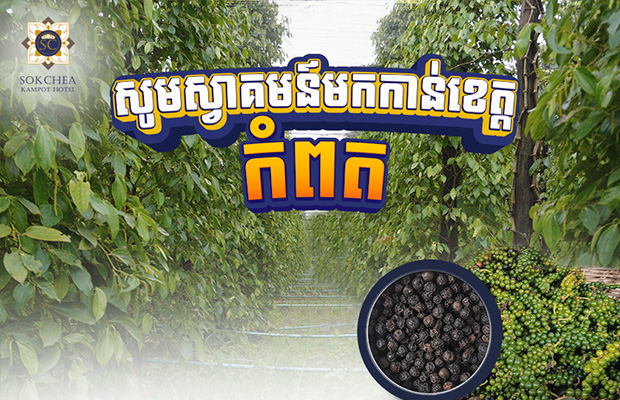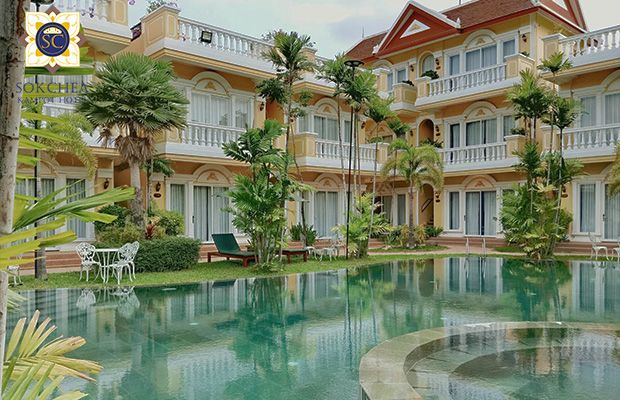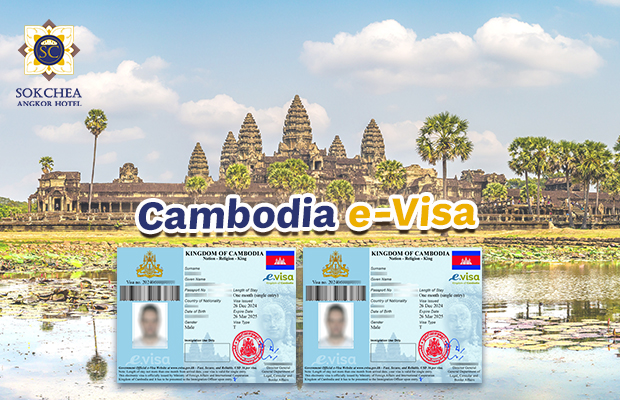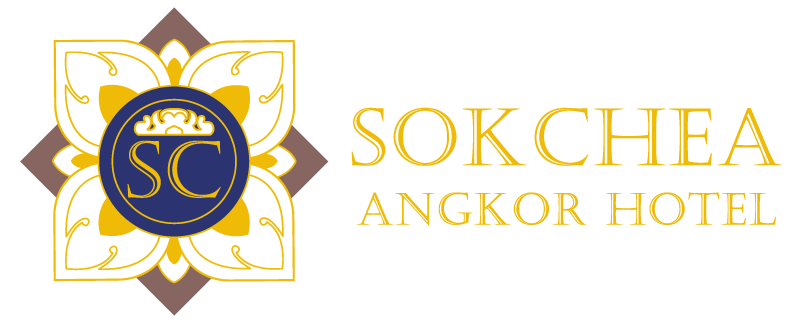🌞 Morning: Riverside Charm & Local Flavors
Start your day with breakfast by the river—try Café Espresso or another cozy riverside café. Don’t miss the chance to taste Kampot pepper–infused dishes to kick things off with a local twist.
After breakfast, take a walking tour of Kampot’s colonial architecture, admiring pastel French-style shophouses and soaking in the laid-back riverside vibe.
🧀 Mid-Morning: Market & Plantation Discovery
Head to Kampot Central Market, a lively hub full of fresh produce, spices, textiles, and local snacks. Interact with friendly vendors and experience the town’s daily rhythm.
Next, visit a Kampot pepper farm, such as La Plantation, for a guided tour and tasting session of black, white, and red pepper. It’s a signature experience that connects you to the region’s agricultural heritage.
🍽 Lunch: Heartfelt Dining at Epic Arts Café
Enjoy a meaningful lunch at Epic Arts Café, a social enterprise that supports people with disabilities through creative arts and employment.
Their menu includes a mix of Western and Khmer dishes—favorites like the Epic Club Sandwich, banana flower salad, and refreshing smoothies. It’s a great place to relax, recharge, and support a good cause in the heart of Kampot.
🏞 Afternoon: Nature & Exploration
In the afternoon, choose one of these nature-based adventures depending on your interest:
Bokor National Park
Take a scenic drive or tuk-tuk up Bokor Mountain to explore mysterious French colonial ruins, cool forests, waterfalls, and panoramic views over the coast.
Phnom Chhnork Cave Temple
Step into history at a 7th-century cave temple hidden in limestone hills, featuring ancient brick carvings nestled inside a natural cave.
Kayak the “Green Cathedral”
Paddle through serene, tree-lined waterways just outside town. This quiet escape offers a peaceful connection with Kampot’s natural beauty.
🌅 Evening: Scenic Sunset & Culinary Delights
Around 5:00 PM, board a sunset river cruise along the Praek Tuek Chhu River. Watch the skies turn golden, enjoy the breeze, and look out for fireflies as evening sets in.
After the cruise, head to Fishmarket Restaurant or another riverside eatery for fresh seafood and a relaxing dinner ambiance.
End your day with a drink at a riverside bar like The Greenhouse or Nibi Spa, where you can sip a cocktail or enjoy a spa treatment with stunning views of the river.


